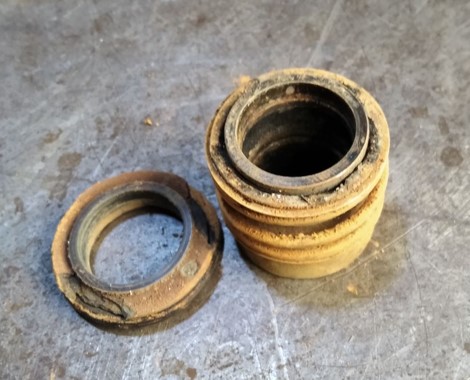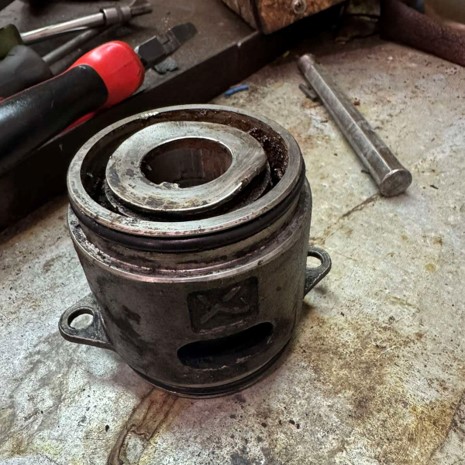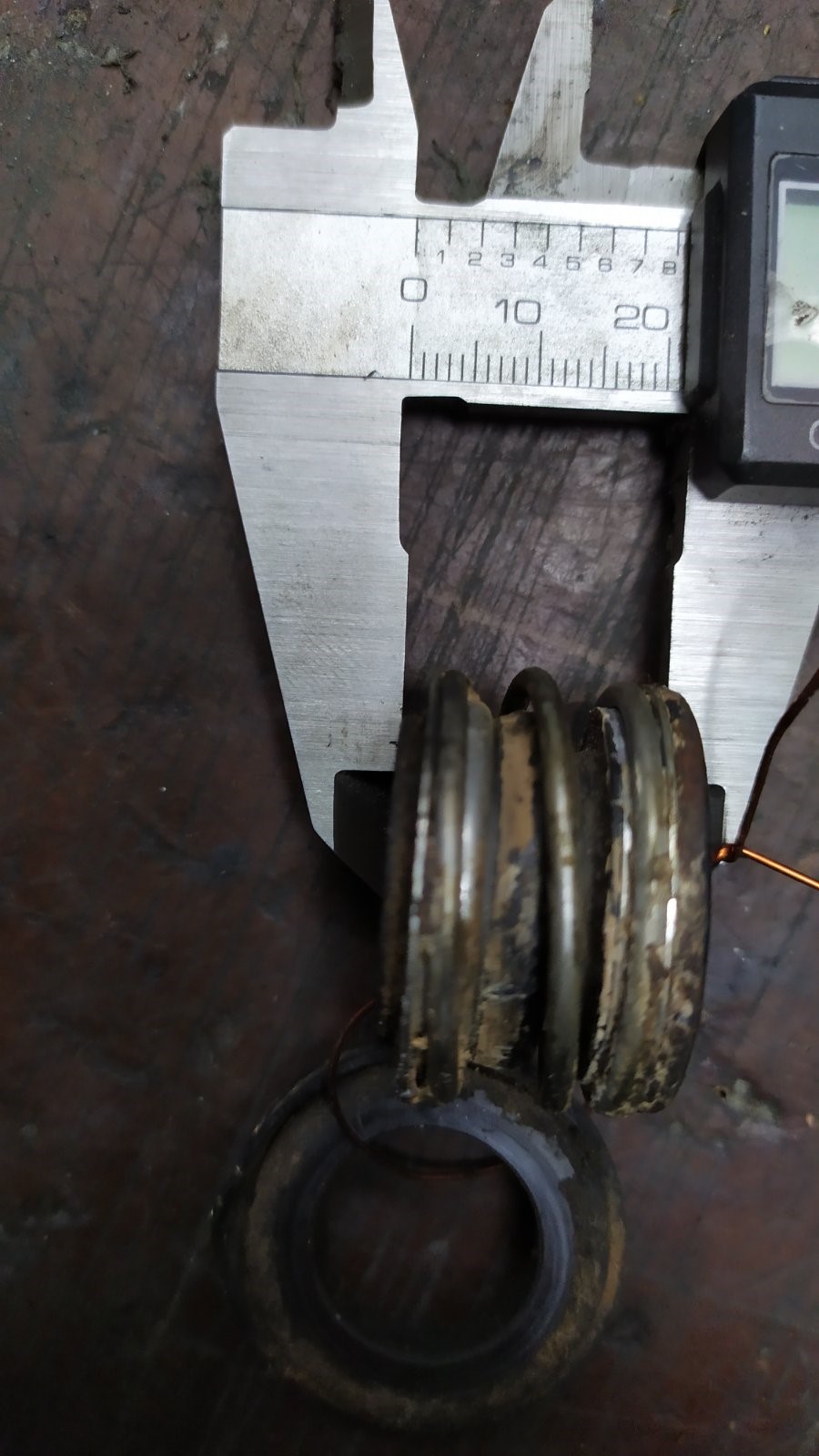Mechanical seal failure and leakage is one of the most common causes of pump downtime and can be caused by a number of different factors. It is important to understand the cause of this problem in order to avoid it in the future, and to prevent pump failures and additional costs in the first place. Here we will consider the main causes of end seal failure and methods of preventing them.
It is worth admitting that all the pump seals are leaking; they need it to maintain a film of liquid on the surfaces of the friction pairs. However, uncontrolled and excessive leaks can cause serious damage to the pump if not dealt with quickly.
Whether a seal failure is the result of an installation error, structural failure, wear, contamination, component failure, or an unrelated error, it is imperative to diagnose the problem in a timely manner to determine whether a new repair or installation is required.
By understanding the causes of the most common types of pump seal failures, and using a few simple tips, tricks and planning, it becomes much easier to avoid future leaks. Here is a list of the most common causes of pump seal failure:
Installation error
During the diagnosis of a malfunction of the pump seal, first of all, the stage of initial start-up and installation of the seal should be checked. It is advisable to entrust the installation process to qualified specialists or study in detail the documentation provided by the pump manufacturer or relevant technical literature, etc. If the correct tools are not used, the seal is damaged, or the seal is installed in the wrong direction, the pump will fail quickly.
Incorrect installation of the end seal can lead to many malfunctions, for example, damage to the rubber elements. Due to the delicate surface of the friction pairs, even the smallest particles of dirt, oil or fingerprints can cause the surfaces to misalign. If the surfaces are not aligned, excess leakage will seep through the seal. The most common causes of incorrect gasket installation are:
- Set screws not tightened.
- Damage of the sealing surfaces (mechanical or residual dirt, etc.).
- Uneven tightening of the oil seal bolts.
- Incorrect setting of the working length of the seal (sometimes they forget to put extension sleeves, locking rings, etc., provided for by the pump design).
Ultimately, this will lead to seal failure and reduced bearing life.
Before starting the pump, turn the shaft several times by hand to check the thoroughness of the assembly, ease of rotation, absence of binding.

Choosing the wrong seal
Lack of knowledge in the process of designing and installing sealing is still is one common cause of seal failure, so choosing the right seal is critical. There are many factors to consider when choosing the right seal for your pump, such as:
- Operating conditions: cleaning, steaming, acidic environment or washing with alkali, etc.
- The possibility of deviations from the design values(for example, when changing the intended use of the pump, it may be worth changing the type of sealing in it).
The material of the shaft seal must be compatible with the liquid inside the pump, otherwise the seal can be damaged very quickly. One example is choosing a hot water seal; water above 87°C is unable to lubricate and cool the seal surfaces, so it is important to select seals with the correct elastomer materials and friction pairs.
Chemical incompatibility of mechanical seals is often not taken into account during seal selection. If the fluid is incompatible with the seal, it can cause cracking, swelling, compression or failure of rubber seals, gaskets, impellers, pump housings and diffusers.
Dry move
Dry running occurs when the pump runs without liquid. Most dry run failures occur when the pump is restarted after maintenance without checking that the pump is completely filled with liquid.
If the pump runs dry and the temperature exceeds the limit that the seal can withstand, the pump seal will most likely suffer irreversible damage. Just a few seconds of dry running can cause thermal cracking or swelling of the seal. Running dry also leads to damage to the bearings, which in turn causes increased vibration, which also leads to further damage, including premature wear.
In cases where a mechanical seal is subjected to thermal shock, it can fail in 30 seconds or less. To prevent this particular type of damage, check the pump seal: if the seal has undergone a dry run, the surface of the friction pair will be white. Sometimes, with long-term exposure to temperature, the mechanical seal is sintered or melted.
Vibrations
Pumps by their very nature move and vibrate. However, if the pump is not properly balanced, the vibration of the unit will increase to the point where it may fail. Improper alignment of rotating shafts and stationary housing components causes excessive vibration within your pumping system, leading to damage to mechanical seals. Pump vibration can also be caused by misalignment and the pump operating too far to the left or right of the pump's Best Efficiency Point (BEP). Excessive vibration results in large axial and radial shaft play, causing misalignment and more fluid leakage through the seal.
The correct operation of the mechanical seal involves the formation of a thin film of lubrication between the friction pairs, and too much vibration prevents the formation of this lubricating layer. If the pump is to operate under severe conditions, such as in dredger pumps, the seal used must withstand higher than average axial and radial clearance. It is also important to determine the BEP of the pump and ensure that the pump does not exceed or fall below its BEP. This can cause a lot of damage, not just leakage through the seal.

Wearing of bearings
During the rotation of the shaft, the bearings wear out due to friction. Worn bearings cause the shaft to wobble, which in turn causes destructive vibrations, the consequences of which we discussed above. Typically, higher quality bearings are less likely to deform under load pressure.
Corrosion and contamination inside the pumping system
Another cause of failure of mechanical seals is due to abrasion or wear caused by contaminants inside the pumping system. It can be anything from dirt and garbage to chemicals used in production processes. When these particles come into contact with the shaft sealing surface, they can cause damage over time. Corrosion also plays a vital role in damaging components such as seals, as aggressive fluids inside your pumping systems tend to corrode all metal parts, including shafts, thereby reducing their strength and making them more susceptible to failure.

Finally, we note that there are many reasons for the failure of mechanical seals in pumping systems. However, by understanding the common causes of failure and applying good installation and maintenance practices, you can extend the life of mechanical seals and reduce downtime. Regular inspections, as well as the correct maintenance methods for pumping systems, can go a long way in preventing costly malfunctions, saving time and money in the long run.


